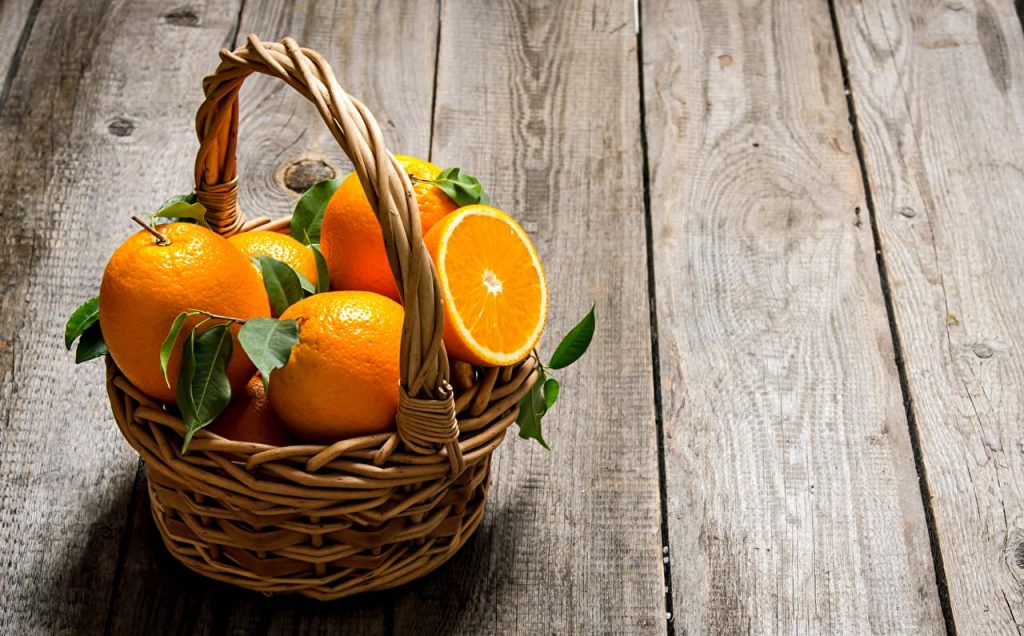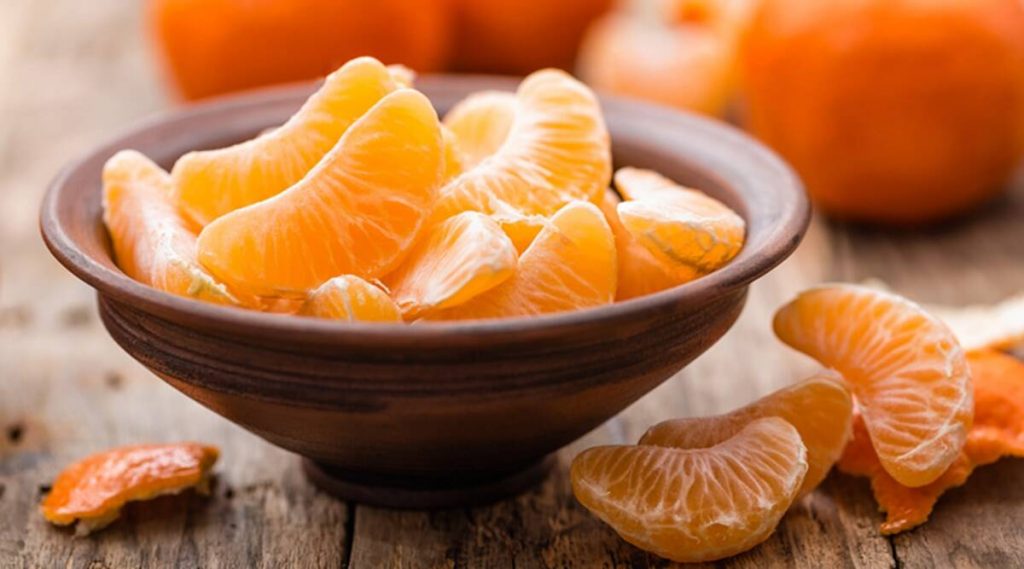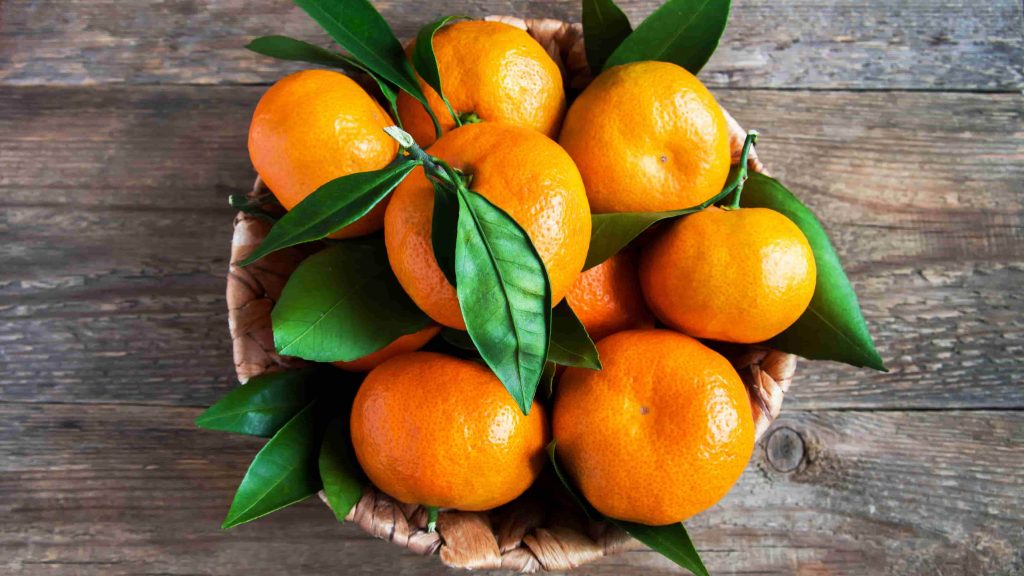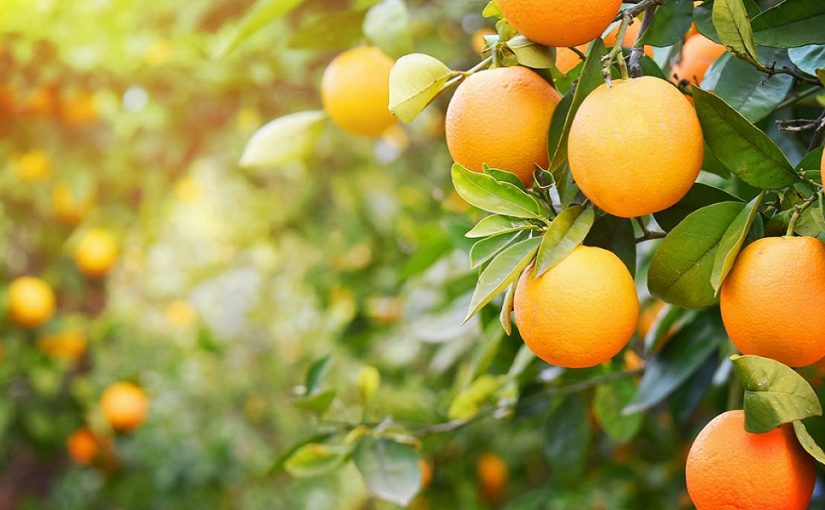13.10.2020
There is nothing stranger than to think that the emblem of the Mediterranean, Mandarins, Tangerines and Oranges, do not originate in this splendid land, Calabria. Among the many sources that can be cited on the subject is the wonderful book, “the Mediterranean” by Fernand Braudel which clearly states that the gardens we see in the Mediterranean, the Mediterranean scrub, the typical fruit trees of the Mediterranean does not come from here.
The spectacle that the flora and fauna of the Mediterranean opened to the Greeks was completely different over 2500 years ago. Braudel said: “If Herodotus, the father of history, who lived in the fifth century BC, returned and mixed with today’s tourists, he would encounter one surprise after another. <<I imagine him>>, wrote Lucien Febvre, <<while remakes his Periplus of the Eastern Mediterranean today. Those golden fruits among the dark green leaves of certain shrubs, oranges, lemons, mandarins, he doesn’t remember ever seeing them in his life, they come from the Far East, they were introduced by the Arabs>>”.
However, this is the past, the history. Nowadays, these citrus fruits have acclimatized here better than elsewhere. Today talking about Calabria means talking about its treasure of Mandarins, Oranges and Tangerines!
VERY TASTY AND PRECIOUS FOR HEALTH
Calabria produces about 25% of the national citrus production. There are about 44,000 citrus farms. Reggio Calabria is the province with the largest number of companies followed by that of Cosenza.

These two provinces always produce a quantity higher than 70% of the total for each species produced. The most cultivated species in Calabria is orange followed by clementines in the provinces of Cosenza and Catanzaro and by mandarin in all the others.
Calabria produces about 63% of the total production of clementines in Italy, 32% of oranges, 39% of other varieties of mandarins and 4.6% of lemons.
Calabria, thanks to its particular climate and the commitment of farmers, as well as being one of the most important citrus fruit producers in Italy, is characterized by the excellent quality of these products. In addition to goodness, these citrus fruits have substances that are precious for our health, among them vitamin C stands out. The human body is unable to produce or store ascorbic acid, essential for life. Lack of this vitamin can lead to bleeding and scarring problems. Vitamin C is important for the proper functioning of the immune system and the synthesis of collagen in the body, it serves to allow the absorption of iron and has an antioxidant action. Collagen strengthens blood vessels, skin, muscles and bones. Humans cannot create collagen without vitamin C.
ORANGES AND TANGERINES: A PANACEA FOR MOOD
We may point out that fruits and vegetables in general are not only good for health from a physical point of view but are also a panacea for mood. Increasing the consumption improves psychological well-being in a short time, two weeks are enough. This is what emerges from a New Zealand study, from the University of Otago, published in the “Plos One” Journal.
Of course, there are some variables that greatly influence the presence of vitamin C in food, from when it is harvested to when it arrives in our intestines.

The contact of vitamin C with the air tends to decrease its concentration in food; when, for example, an orange is squeezed and vitamin C comes into contact with the oxygen in the air, it oxidizes and a part is lost. Heat tends to “destroy” vitamin C; for this reason it is much more convenient to eat raw food whenever possible. The freshness of the food is also essential for the presence of vitamin C; the more time passes from the collection of food to its entry into the body, the more the presence of vitamin C decreases.
In fresh spinach stored for 7 days, at 4 ° C, only 20% of the total amount of vitamin C remains, from this it can be deduced that oranges stored for months have very little vitamin C.
The 10 fruits richest in vitamin C are:
- Currants 200 mg
- Kiwi 85 mg
- Strawberries and Clementines 54 mg
- Oranges and lemons 50 mg
- Tangerines 42 mg
- Grapefruit 40 mg
- Melon 32 mg
- Raspberries 25 mg
- Kaki 23 mg
- Blackberries 19 mg

The other 10 vegetables richest in vitamin C are
- Peppers 151 mg
- Broccoli and rocket 110 mg
- Brussels sprouts and turnip leaves 81 mg
- Cauliflower 59 mg
- Spinach 54 mg
- Cabbage 47 mg
- Endive 35 mg
- Celery 32 mg
- Asparagus and chard 24 mg
- Tomatoes 21 mg
The daily levels of vitamin C intake recommended by our national health system are as follows:
- Infants (up to 1 year) 35 mg
- Children (1 to 10 years) 45 mg
- Male and female children (11 to 14 years) 50 mg
- Adults 60 mg
- Expectant mothers 70 mg
- Lactating women 90 mg

